Five years ago, I didn’t know what GMOs (Genetically Modified Organisms) were. I certainly didn’t know how pervasive they were in our food supply. And I would never have asked if they were safe or not.
After all, wasn’t that the government’s job? Someone at the FDA or USDA would surely have tested any new food technologies to make sure it was safe for me to consume.
Needless to say, I’ve since learned just how wrong I was. Not only do I now know that almost no testing was done on the safety of GMOs before their approval, I even know that many (if not most) of the tests which have since been done are downright scary.
The following excerpt is from Sandor Ellix Katz’s The Revolution Will Not Be Microwaved (which I reviewed here), page 62:
In 1995 biologist Arpad Pusztai received a grant from the Scottish Agriculture, Environment, and Fisheries Department to develop a model for testing the safety of GM foods. Pusztai studied the effects of a diet of GM potatoes on adolescent laboratory rats. After only ten days on a GM diet, the rats suffered immune system damage, white blood cell suppression, impaired organ development, and other problems. “I had facts that indicated to me that there serious problems with transgenic [GM] food,” says Pusztai.
After Pusztai went public with his findings, the institute that employed him would not permit him to speak further about his research, but a furor had already been unleashed, and he was invited to testify before Parliament, which superseded his contractually obliged silence. Sensational though Pusztai’s revelations were, tehy have never been rigorously followed up. In 2005 Russian scientist Irina Ermakova conducted an experiment on the offspring of female rats, comparing thee groups fed diets of augmented by GM soy, non-GM soy, or no soy at all, beginning two weeks before conception and continuing through nursing. Within three weeks of birth, 56 of the rats born in the GM soy group died, compared to 9 percent in the non-GM soy group and 7 percent from the no-soy group. But then Ermakova’s funding ran out, and she has not been able to perform detailed organ analysis or to repeat her experiment to confirm the results.
“Those familiar with the body of GM safety studies are often astounded by the superficiality,” reports Smith. With universities and research institutes increasingly dependent on corporate dollars, dissenting views are easily silenced by withdrawing funding. Research on GM food safety simply isn’t happening, except under direct corporate sponsorship, which comes with strings attached. “When you have so many scientists … doing sponsored research, you start to wonder, ” says Mildred Cho, a senior research scholar at Stanford University’s Center for Biomedical Ethics. “How are these studies being designed? What kinds of research questions are being raised? What kinds aren’t being raised?”
I don’t think I could have said it any better myself. Follow the money. Ask questions.
 |

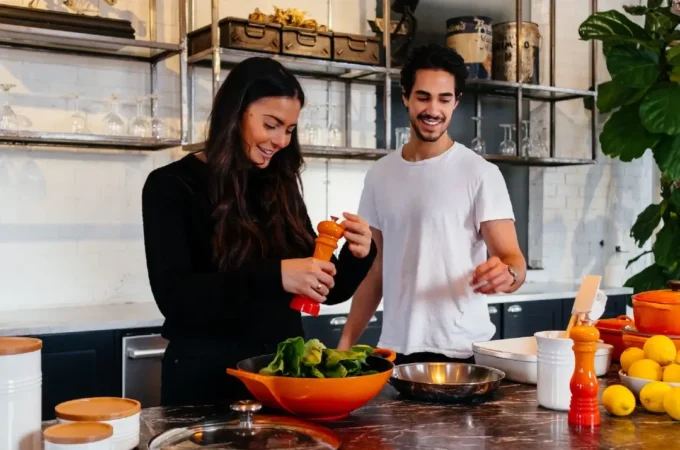


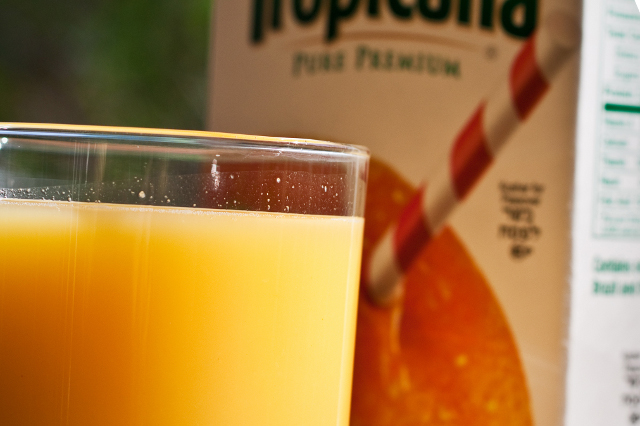
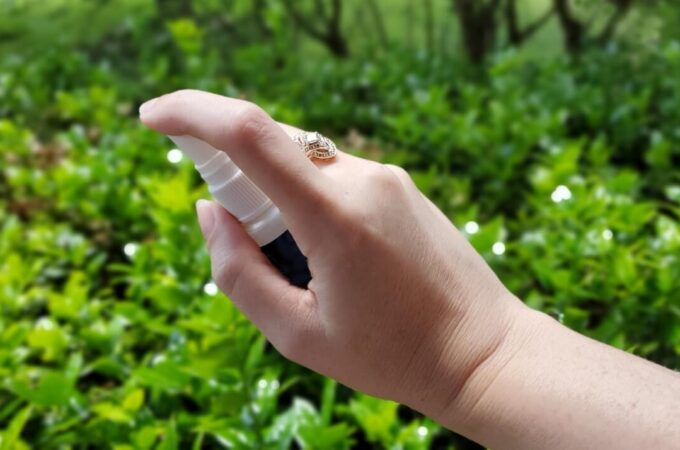

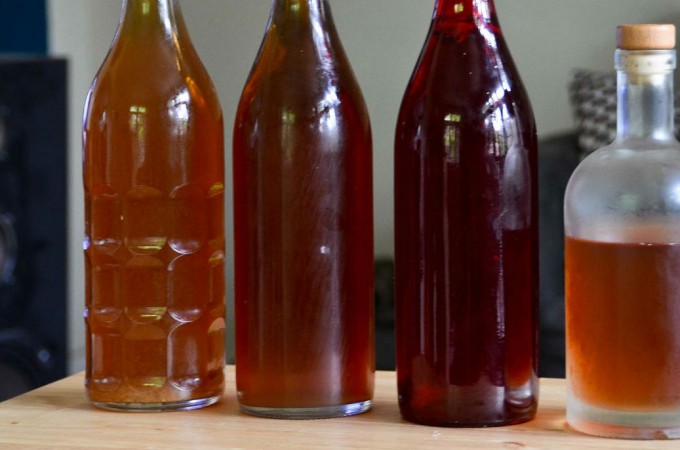
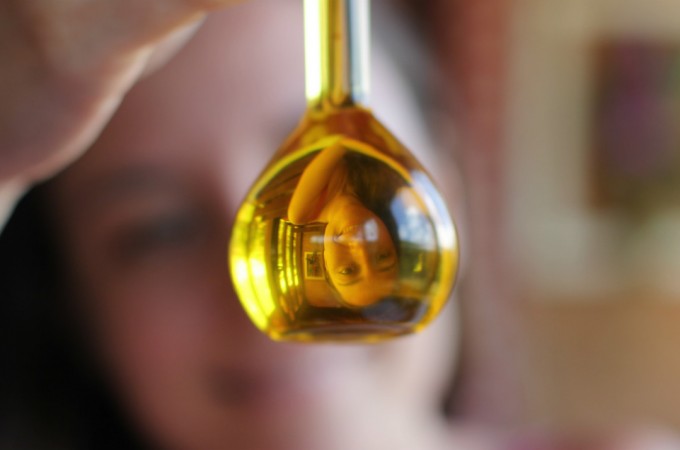




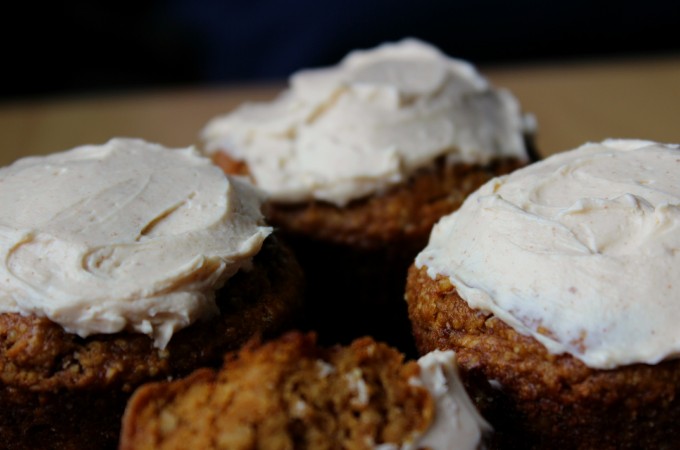
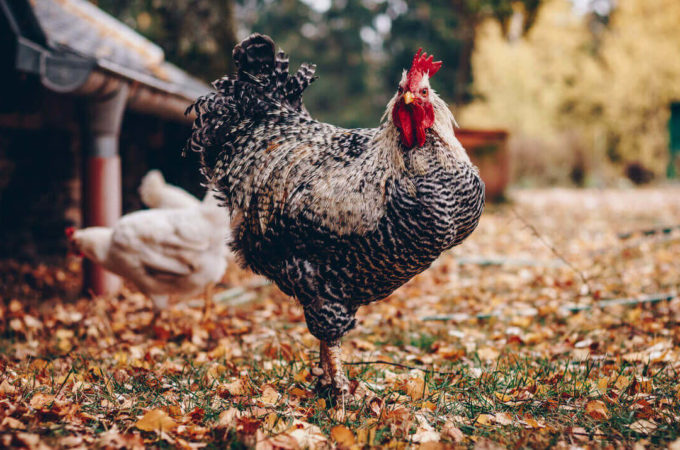

I didn’t know what GMOs were 5 years ago either. That’s why it’s great for people to write articles like this and help spread awareness.
I listened to a presentation by Jeffrey Smith (author of Seeds of Deception) about GMOs and he talked a lot about Arpod’s research. There’s no way GMOs should have been introduced into the food supply so easily.
Vin | NaturalBias.com
Vin — Yeah, it’d be worth going into Arpod’s research more in-depth. Perhaps I will in a future post.
I wonder if the new administration or courts will be willing to do anything about the travesty of patenting life forms. It should be criminal! If we can’t remove them we can at least label them and allow people to make the choice of eating or not!
Cathy Payne
“Genetically Modified” covers a whole slew of potential tinkerings — I’d be interested in knowing exactly what kinds of modifications had been done to the potatoes and soy in the studies. I definitely agree with Cathy about the patenting of life forms — if you haven’t read it yet, Vandana Shiva’s book “Biopiracy” is a fascinating read.
I think that the current age is to food what the dark ages were to germs and medicine. Scary.
Alana Sheldahl
It’s a pity that Kirsten M, having discovered GMOs and Arpad Pusztai’s claims five years ago, did not go on to read what the scientific community thinks of those claims and others like them. The Royal Society set up a commission of inquiry specifically to look at Arpad’s data and concluded that it was very seriously defective and that his conclusions were not justified by the data he offered.
And so it has been with all those other “scientific” assessments; so far not one of them stands up to scrutiny. Moreover, after having been consumed by hundreds of millions of people for a dozen years or more, there is not a single confirmed case of any untoward health effect from eating any GM-food.
Having been wound up by the political activists, Kirsten M might do worse than learn how to evaluate evidence and data, and then back to Pusztai and others and try to make her own evaluations.
Gmo’s are not safe and have no place in our food supply. They are nothing more than lab food that is so unknown to what they are or what they will do to other crops.
Simply put they are Franken Foods. As consumers we must make sure they stay out of the food chain.